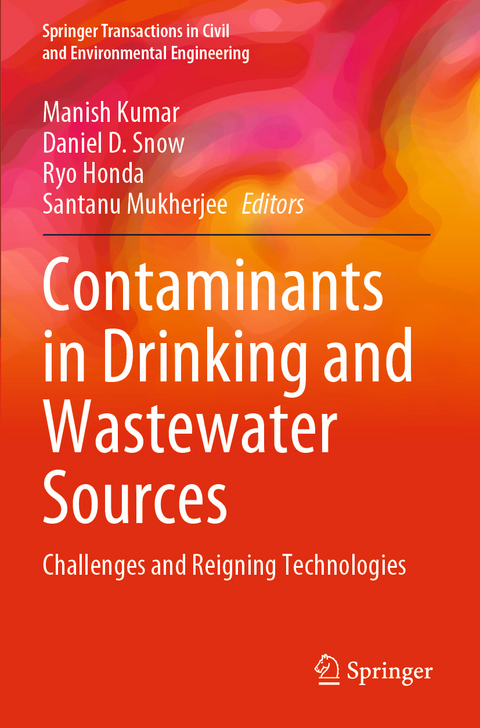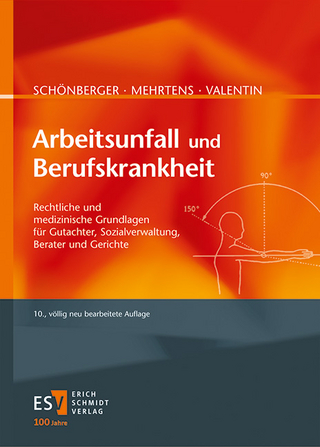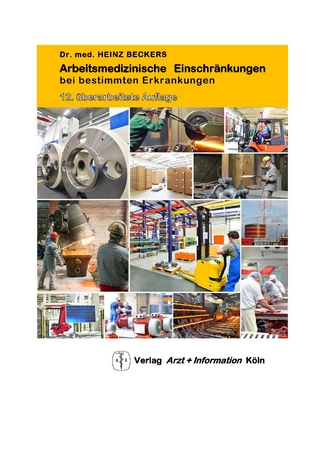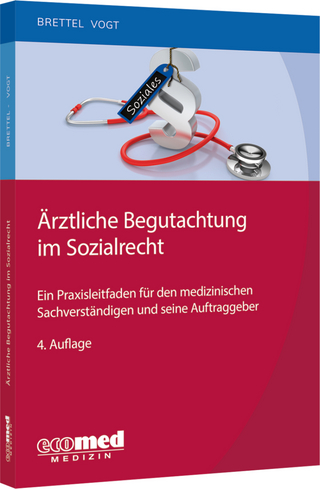
Contaminants in Drinking and Wastewater Sources
Springer Verlag, Singapore
978-981-15-4601-3 (ISBN)
Dr. Manish Kumar is a faculty at Discipline of Earth Sciences at Indian Institute of Technology Gandhinagar, Gujarat, India. He earned his Ph.D. in Environmental Engineering from the University of Tokyo, Japan, and has been the recipient of prestigious fellowships like Water Advanced Research and Innovation (WARI) Fellowship, Japan Society for the Promotion of Science (JSPS) foreign research fellowship, Brain Korea (BK)-21 post-doctoral fellowship, Monbukagakusho scholarship, Linnaeus-Palme stipend from SIDA, Sweden, and Research Fellowship from CSIR, India, etc. Dr. Kumar is active in the fields of hydro(bio)geochemistry, contaminant transport and modeling, metal speciation, isotope fingerprinting, emerging contaminants and removal. He supervised 6 Ph.D. thesis and more than 20 Master’s dissertations. He has published over 80 papers in international peer-reviewed journals and has 17 years’ research/teaching experience. Dr. Dan. D Snow is a Research Professor in Natural Resources at the University of Nebraska, and the Director of the Water Sciences Laboratory, a part of the Nebraska Water Centre and Daugherty Water for Food Institute. His research is focused on the use of analytical chemistry and mass spectrometry to understand how water becomes contaminated and what we can do to prevent it. A good part of his work in the Water Sciences Laboratory involves creating analytical methods for new or "emerging" environmental contaminants like steroids, pharmaceuticals, algal toxins, explosives, and pesticides. In 2015, his team was awarded with Excellence in Environmental Engineering and Science Grand Prize by American Academy of Environmental Engineers and Scientists. Dr. Ryo Honda is a research Associate Professor in the faculty of Geosciences and Civil Engineering, and an adjunct professor of Research Centre for Sustainable Energy and Technology of Kanazawa University, Japan. His field of interest includes but are not limited to Environmental Process Engineering, Environmental Microbiology, Environmental and Energy Technology and Urban Engineering etc. He has been awarded with accolades such as WET Excellent Paper Award from Japan Society of Water Environment. His research area focuses on environmental process engineering, environmental microbiology, and sustainability science. In addition to many international publications to his credit, he is on the reviewer board for publications of national and international repute. Dr. Santanu Mukherjee obtained his Ph.D. from the University of Bonn and worked as a guest scientist in FZJ, Juelich. He was a visiting researcher in Savannah River Ecological Laboratory, USA. He is the recipient of multiple accolades such as EGU-Young Scientist Travel Award, ICAR international fellowship, GRIFA (Italian Pesticide Agency) grant, EU-COST action biochar grant, etc. His research interest includes the fate of emerging contaminants, the role of dissolved and particulate organic matter in deciding contaminants fate in the environment.
Pharmaceuticals, Personal Care Products and Artificial Sweeteners in Asian Groundwater: A Review.- Affinity-Based Methods for the Analysis of Emerging Contaminants in Wastewater and Related Samples.- Natural Attenuation of Pharmaceuticals in the Aqueous Environment and Role of Photodegradation in Surface Water.- Impact and Fate of Microplastic in the Aquatic Environment.- Assessment of Groundwater Quality in Sri Lanka Using Multivariate Statistical Techniques.- Source and Fate of Perchlorate in the Environment: A Grave Concern for World.- Carcinogenic Nature of Emerging Contaminants: Havoc for Present and Gateway of Unhealthy Future.- Permeable Reactive Barrier: A Sustainable Groundwater Remediation Technology.- An Insight into Microbial Remediation of Hexavalent Chromium from Contaminated Water.- Current Understanding on Separation of Personal Care Products and Pharmaceuticals from Water.- Nanotechnology: An Efficient Technique of Contaminated Water Treatment and Bioremediation Methods of Water Contaminants.- Chlorophenols Dechlorination Water Treatment Using Ni-Iron Bimetallic Systems: Implications of the Degree of Chlorination, Nickel Coating, and Iron Oxide Phases.
| Erscheinungsdatum | 16.08.2021 |
|---|---|
| Reihe/Serie | Springer Transactions in Civil and Environmental Engineering |
| Zusatzinfo | 63 Illustrations, color; 54 Illustrations, black and white; XXIV, 436 p. 117 illus., 63 illus. in color. |
| Verlagsort | Singapore |
| Sprache | englisch |
| Maße | 155 x 235 mm |
| Themenwelt | Medizin / Pharmazie ► Medizinische Fachgebiete ► Arbeits- / Sozial- / Umweltmedizin |
| Naturwissenschaften ► Biologie ► Ökologie / Naturschutz | |
| Naturwissenschaften ► Geowissenschaften ► Hydrologie / Ozeanografie | |
| Technik ► Elektrotechnik / Energietechnik | |
| Technik ► Umwelttechnik / Biotechnologie | |
| ISBN-10 | 981-15-4601-0 / 9811546010 |
| ISBN-13 | 978-981-15-4601-3 / 9789811546013 |
| Zustand | Neuware |
| Informationen gemäß Produktsicherheitsverordnung (GPSR) | |
| Haben Sie eine Frage zum Produkt? |
aus dem Bereich


